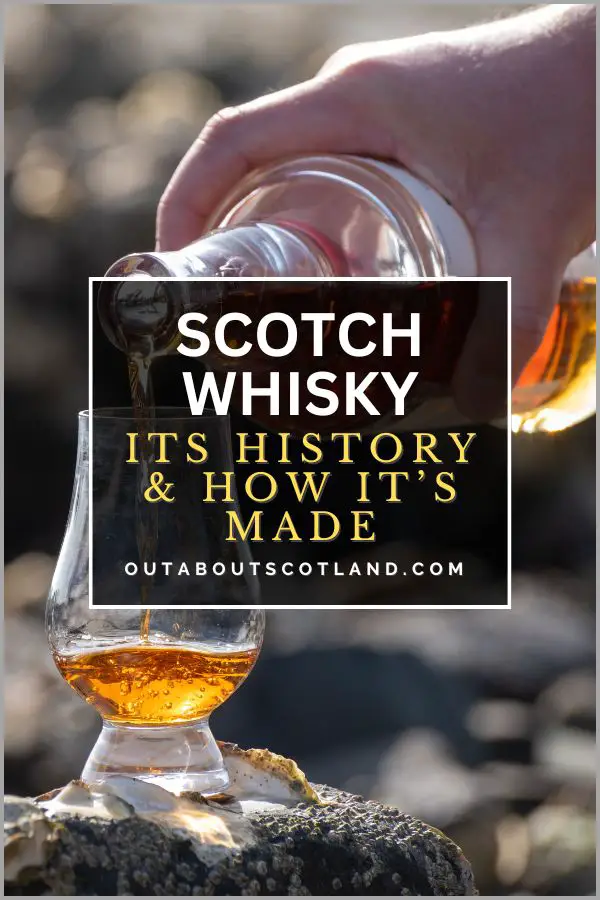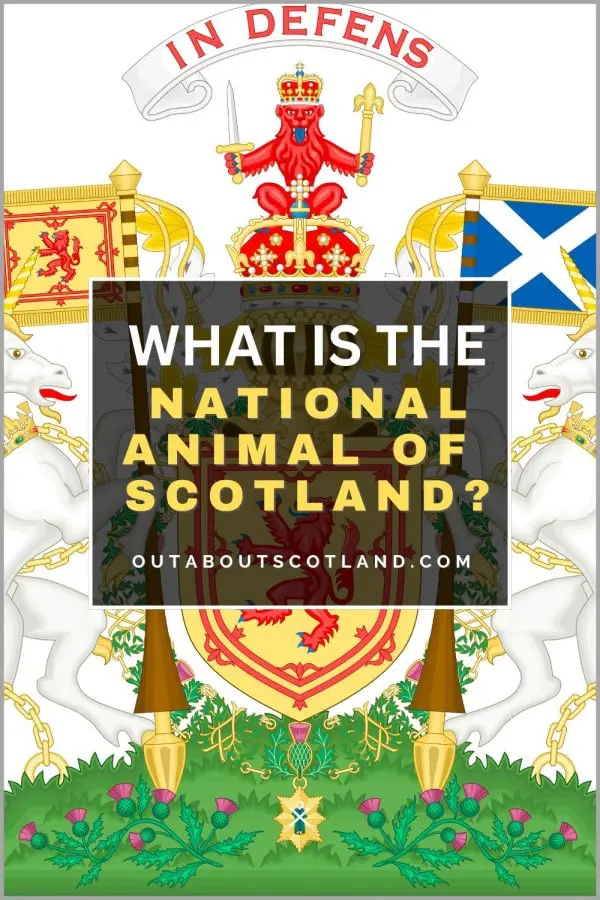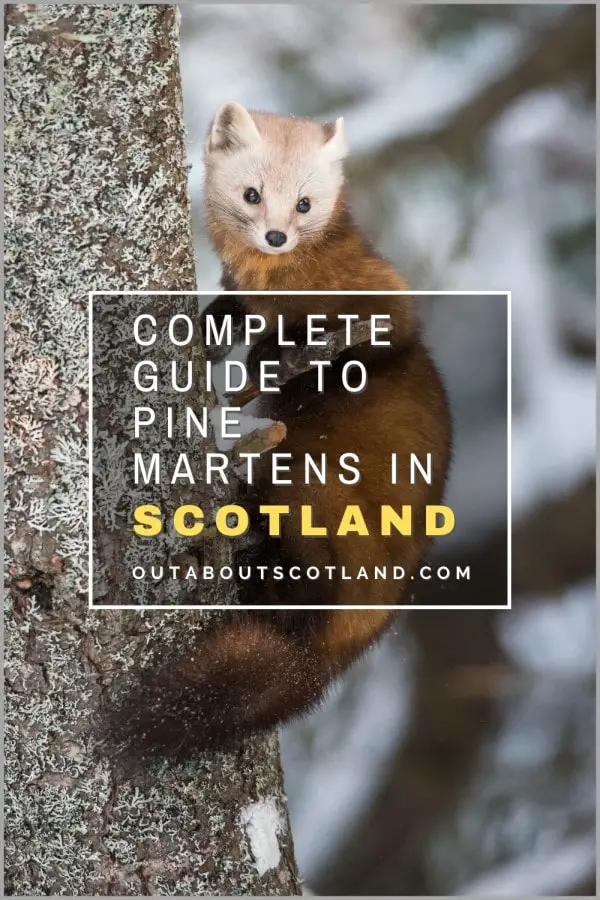Burns Night is an annual event that celebrates the life and works of the Scottish national poet Robert Burns, who was born on January 25, 1759. Burns Night consists of traditional Scottish dancing, poem recitals, and a meal that includes haggis, neeps, tatties, and whisky. Find out exactly how to celebrate Burns Night, where the best Burns Night events take place, and why Robert Burns is so famous with this ultimate guide to Burns Night in Scotland.
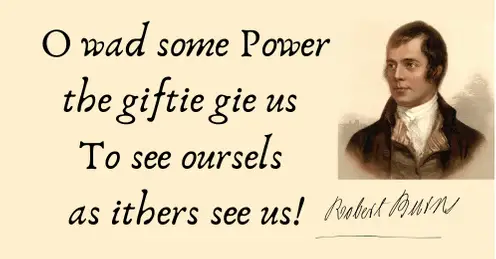
Who Was Robert Burns?
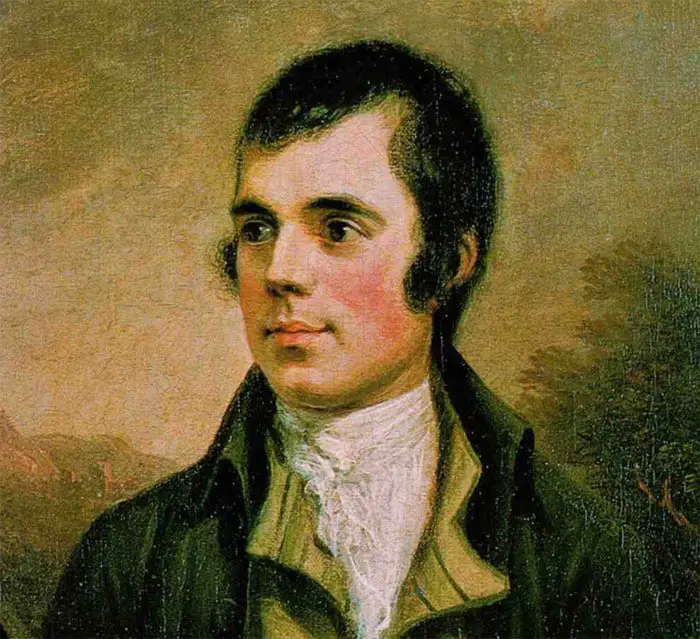
Robert ‘Rabbie’ Burns was one of the most influential writers in Scotland’s long literary history, whose romantic songs, traditional ballads, and amusing satires have become ingrained in Scottish culture.
He’s affectionately known by many names including Rabbie Burns, the National Bard, the Bard of Ayrshire and the Ploughman Poet, but regardless of his title, he remains one of the greatest cultural icons in Scotland. While he’s most famous for the song Auld Lang Syne which is sung around the world on New Year’s Eve, Burns is also revered for his writings that were inspired by his life in Scotland.
A passionately proud Scot, Burns never forgot his roots, and throughout the latter part of his life he fought hard for the rights of the lower social classes in Scotland, especially against the enormous gap between the rich and the poor.
His other passion was the preservation of Scottish culture, and over the course of his life he amassed a vast collection of traditional songs so they could be enjoyed by future generations. Along with his own masterful writing, Burn’s collection of poetry and songs has given Scotland a lasting legacy that will hopefully last for many more years.
Protect Your Family From Scotland's Biting Midges
- Powerful, reliable protection for up to 8 hours
- Water- and sweat resistant
- Repels midges, mosquitoes, horse flies, sand flies, fleas and ticks
- Safe for use on adults, children over 30 months and pregnant women
- Non-sticky, moisturising with a pleasant fragrance
- Packaging may vary
The Life of Robert Burns
Burns was born in a cottage built by his father on 25th January 1759, in Alloway, Scotland. His father was a farmer who died in 1784, leaving the farm to his son with the understanding that he would continue to work the land. However, it soon became clear the young bard had a greater love for life than farming and it wasn’t long before he fell into debt.
The seeds of Burns’ love for writing were first sown in his early teens when he started writing poetry to impress girls, and he was obviously quite successful because by the age of 27, he had fathered children by two different women. Unfortunately, his success with the pen didn’t help him with running the farm.
Just two years after receiving his inheritance the farm was barely making any money so in desperation he decided to collect his poems together into a single volume and publish them to use the profits to start a new life in Jamaica.
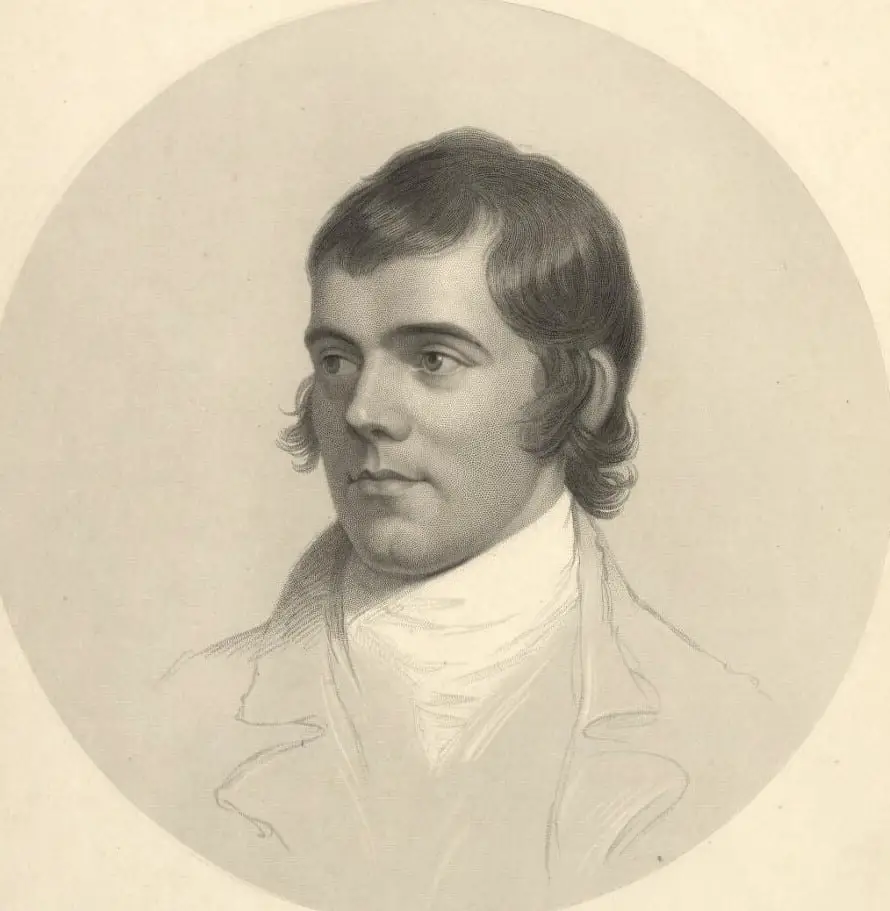
This book of poems – ‘Poems in the Scottish Dialect’ – became an immediate success and was so popular in his native Scotland that Burns became famous overnight, even more so once his work was released as an Edinburgh edition in 1786.
His success led Burns to remain in Scotland and marry his long-time sweetheart Jane Armour in 1788, who went on to bear nine of his children during the time they were together. After getting married and making a sincere effort to settle down, Burns purchased another farm near Dumfries but it also failed to prosper so the young bard changed his career and became a full-time exciseman instead.
Although Burns was much more successful as an exciseman than a farmer, his love of writing only grew stronger as time passed and in the remaining years until his death, he wrote some of his most celebrated works including Tam O’Shanter and Auld Lang Syne.
Sadly, the steady income from his new profession enabled Burns to continue with his second greatest passion, alcohol. Infamous for being a heavy drinker, he died of rheumatic fever in 1796 at the age of 37 after falling into a drunken sleep at the roadside one night. After his death, his poems continued to be sold in Scotland and eventually throughout the world, and his work is just as popular today as it was when he first took pen to paper over 200 years ago.
When Is Burns Night?
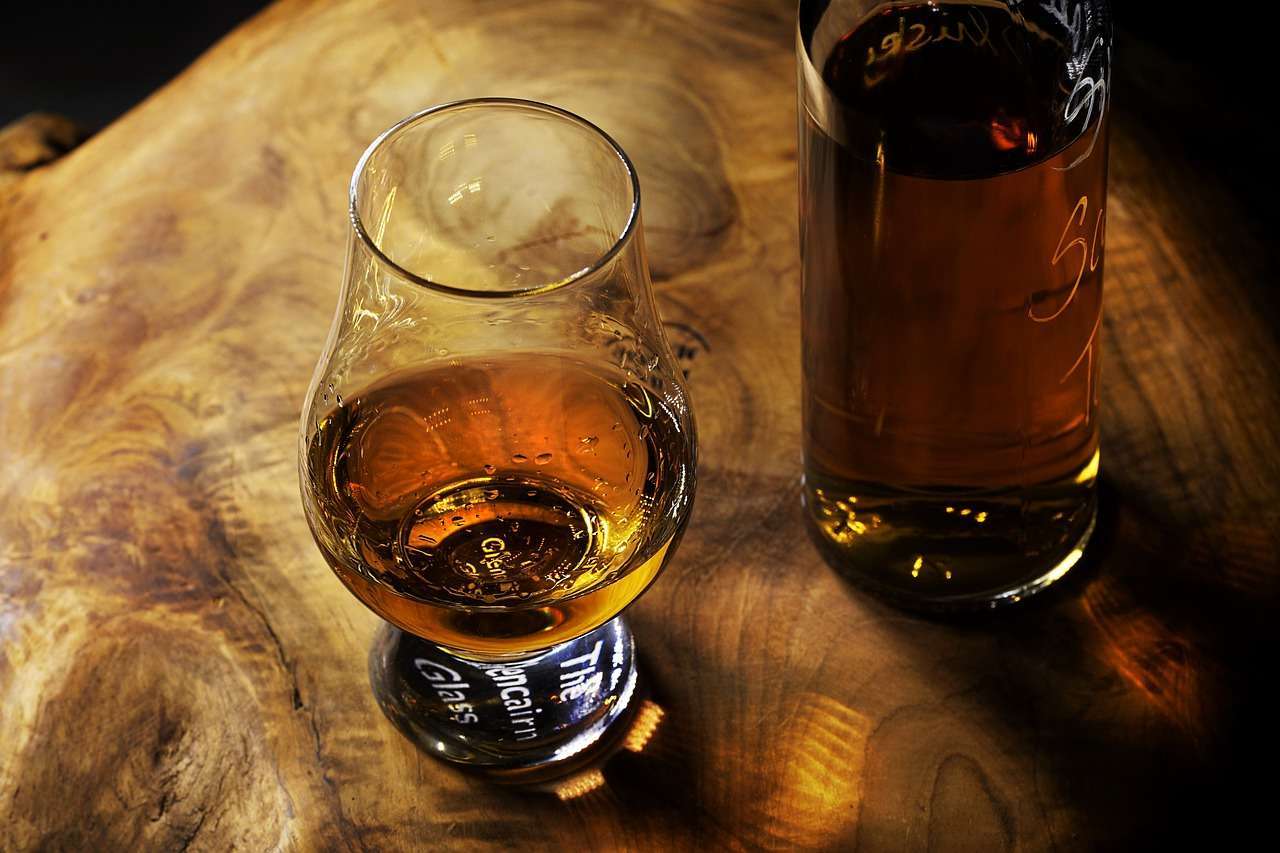
Burns Night is an annual event that has been held in Scotland since 1801. The tradition began on the 21st of July of that year, when friends of the poet came together to remember him five years after his death. They later discovered Burns was actually born on the 25th of January, so the following year they changed the date of the celebration.
Since that time Burns Night has grown into a semi-formal event where Scots celebrate the life and times of the bard in every part of the country, from Peebles in the south to John O Groats in the north.
It’s also the most Scottish-themed event you could imagine, where bagpipes are played, haggis is eaten, whisky is drunk, and a collection of Burn’s writing is read and sung before the evening finishes with a recital of Auld Lang Syne and a ceilidh (traditional Scottish dancing). The size of each event varies wildly, with celebrations ranging from small informal gatherings to large dining experiences, but all involve haggis, whisky, and, of course, poetry from the nation’s favourite wordsmith.
No two Burns Night suppers are exactly alike, and most are themed differently, from formal meetings of scholars to informal pub gatherings, but at all events, the main attraction is the celebration of haggis, the savoury pudding that has been a traditional Scottish dish for hundreds of years.
In fact, this rotund wee bag of sheep’s innards is so revered during Burns Night that it’s even introduced with a recital of one of Burn’s most famous poems, ‘Address to a Haggis’:
Fair fa’ your honest, sonsie face,
Great chieftain o’ the pudding race!
Aboon them a’ ye tak your place,
Painch, tripe, or thairm:
Weel are ye wordy o’a grace
As lang’s my arm.
There are another 7 verses to this poem, so I won’t list them all, but you kind of get the idea of the importance that’s given to Scotland’s national dish during the event. During the Burns Night supper, haggis is traditionally eaten with mashed potatoes (tatties) and mashed swede (neeps), followed by desserts such as cranachan or clootie dumpling (more on these dishes later), and washed down with a few drams of single malt whisky.
The meal will, of course, vary slightly depending on the chef but that’s more or less what you can expect. Finally, after the poem recitals and whisky toasting, the night is rounded off with a group rendition of Auld Lang Syne and a ceilidh before the guests make their drunken way back home.
Book Tours in Scotland
What Is a Haggis?
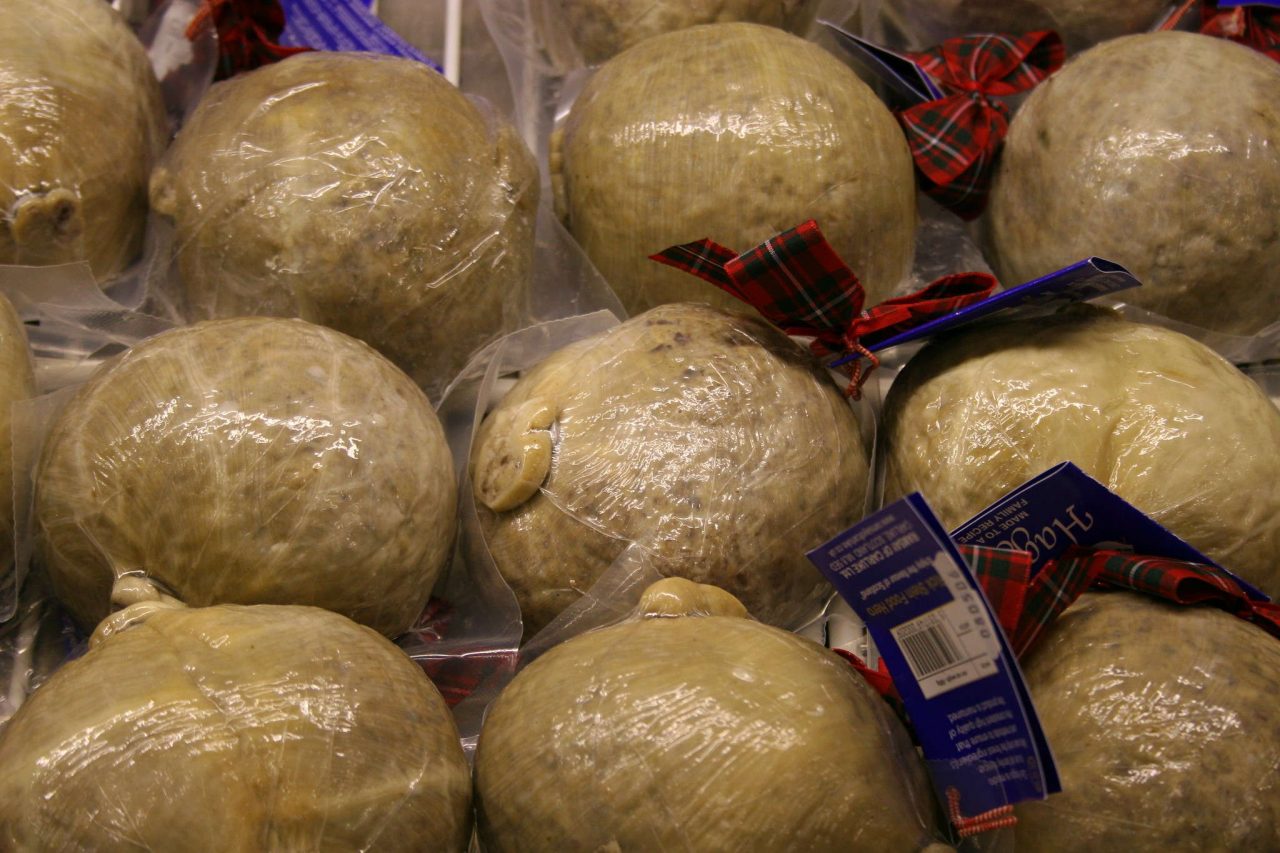
Few things are more Scottish than the legendary haggis, the versatile, hearty and delicious national delicacy that can be served at any time of the year but is a focal point for Burns Night.
Its origin is actually hundreds of years old and is attributed to Scottish hunters who were keen to use every bit of the animals they killed but who knew that the offal (the animal’s internal organs) would go to waste first. To preserve the meat, they would clean the stomach to use as a cooking bag and fill it with minced heart, liver, and lungs, along with oatmeal and suet to bulk it out and onions and pepper to give it some flavour.
Yes, I know it sounds disgusting, and to be honest, an uncooked haggis sitting in a stomach lining does look pretty rank, but let me assure you that once it’s cooked the flavours come together and it’s very tasty. It has a crumbly texture and a surprisingly peppery taste that compliments vegetables and a whisky sauce, but Scots have all sorts of uses for it including using it to stuff roast chicken, frying it for breakfast and using it to fill a pie.
But my top tip is to use it to make Scotch eggs instead of using sausage meat (see more Scottish cookery in my Guide to Traditional Scottish Food). There’s one word of warning, though. Not all haggis are created equal, and some cheaper ones, like those you’ll find in budget supermarkets, are of shockingly poor quality.
Although the days of using a natural sheep stomach for the casing are long gone (except for upper-end haggis manufacturers like McSweens), the quality of the meat inside varies greatly, with the cheaper ones having very little pepper and meat that’s very fatty, so take my advice and spend a little extra on a quality brand instead.
These days you can even eat haggis if you’re not a meat eater and there are plenty of vegetarian and vegan options available. Not only is haggis great for vegetarians but it doesn’t matter if you’re not much of a cook either because all you have to do is pop it in a microwave until it’s warm. I think it’s safe to say that haggis is one traditional Scottish dish that deserves its place on any modern dining table.
- The perfect gift for a haggis lover
- Made in Scotland
- Minimum One Year Shelf Life
- No refrigeration required prior to opening
Burns Night Supper
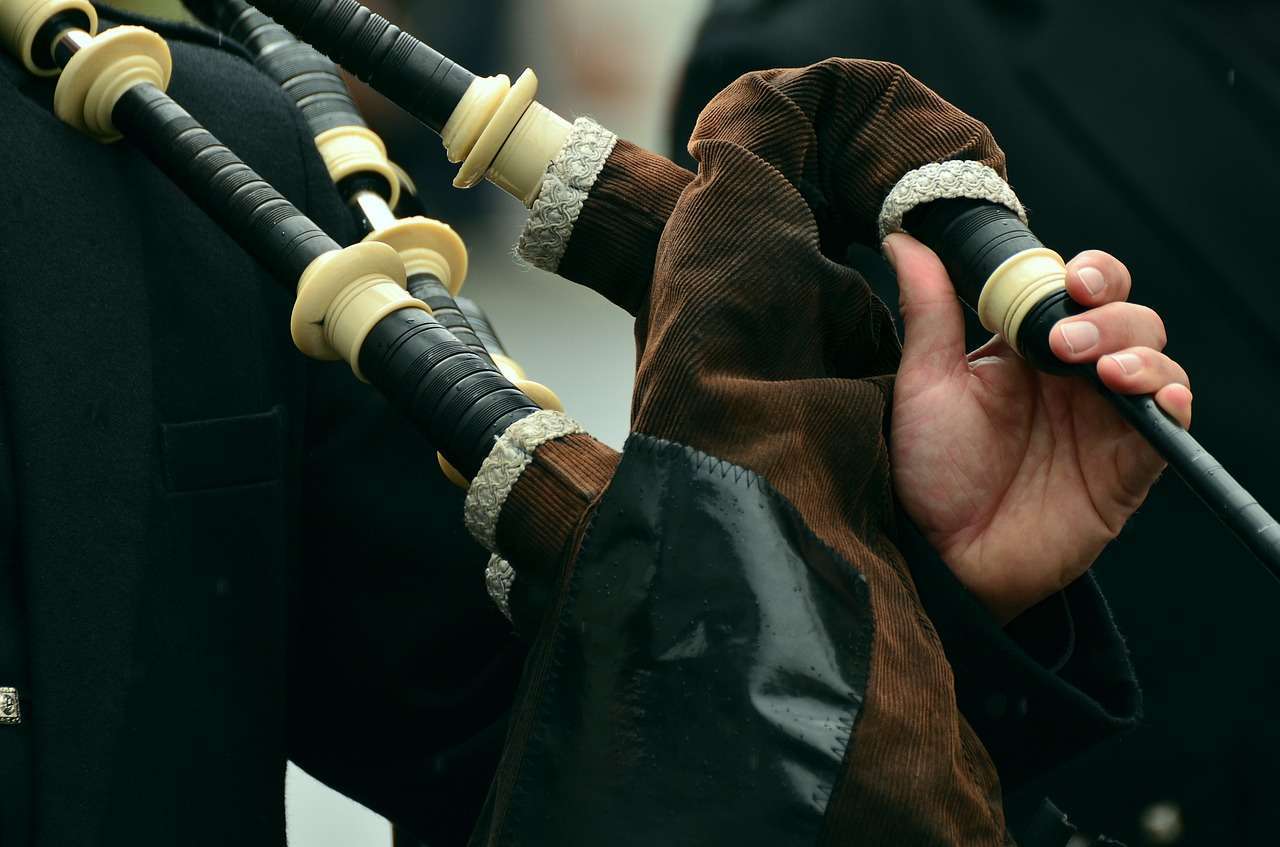
While the procedure for a Burns Night supper can vary hugely according to the event organizer there’s a formal order that should be more or less adhered to if you want your Burns Night to have an authentic feel. If you visit a high-end occasion you’ll find quite a bit of pomp and ceremony in the proceedings (although it’s all light-hearted and fun), and in my opinion, it’s the tongue-in-cheek formality of the thing that makes Burns Night such a great event.
1. To begin, guests enter the room with a piper playing the bagpipes (although sometimes a band plays traditional Scottish music instead) and once all the attendees are at their tables there’s a round of applause and the proceedings begin. The chair (who’s the event organizer) welcomes the guests and describes the evening’s entertainment before the Selkirk Grace is read:
Some hae meat and canna eat,
And some wad eat that want it,
But we hae meat and we can eat,
And sae the Lord be thankit.
2. Next comes the main event – the piping-in and the address to the haggis. If you’re not used to Burns Night celebrations, you’re going to wonder what on earth is happening here, but bear with me, and I’ll explain.
At this time in the evening, all guests stand while a procession with a silver platter and a piper enters the room. On top of the platter – held proudly aloft by the chef – is a haggis, while the person who will address it walks in front and a whisky-bearer walks behind. As the haggis is carried to the table, the guests are encouraged to clap in time to the music until it stops and the address is read aloud.
3. The speaker (who is usually the host but can be any nominated person) reads the address and, at a specific point in the poem, raises his knife high and plunges it into the haggis, making sure to cut it along its length and spill out the contents. This is met with applause by all attendees who raise their glasses and shout ‘The Haggis!’ before it’s served along with the rest of the food.
A Burns Night menu is traditionally a 3-course meal consisting of cock-a-leekie soup as the starter, haggis, neeps and tatties for the main course, and cranachan or clootie dumpling for the pudding. All of those dishes are probably unrecognisable if you’re from outside Scotland but I cover them in more detail in this article: Traditional Scottish Dishes.
4. During the meal, the haggis is liberally doused with ‘whisky’sauce’ – actually neat whisky – while the first entertainment of the night is prepared. This is usually a band or a singer performing Burns songs, or it can alternatively be a recital of his poems, either of which begins as soon as the meal finishes.

5. After the songs and recitals have finished, ‘The Immortal Memory’ begins, which is a witty speech about Robert Burns’s life, after which glasses are raised for yet another toast: ‘To the Immortal Memory of Robert Burns!’, followed by more poems and the latter stages of the evening: The Toast to the Lassies and The Reply to the Toast to the Lassies.
6. The first of these toasts praises the role of women today with a little bit of lighthearted joking at the ladies’ expense, while the second toast is an opportunity for the women to get their revenge on the men. The proceedings are then wrapped up with a vote of thanks from the organiser and a group rendition of Auld Lang Syne (note that the poem is normally sung in its entirety, so make sure you know the words to the later verses!).
The end of the formal order is normally the cue for people to get up on the dancefloor and take part in traditional Scottish dancing, but some events might prefer to finish at this point instead.
Protect Your Family From Scotland's Biting Midges
- Powerful, reliable protection for up to 8 hours
- Water- and sweat resistant
- Repels midges, mosquitoes, horse flies, sand flies, fleas and ticks
- Safe for use on adults, children over 30 months and pregnant women
- Non-sticky, moisturising with a pleasant fragrance
- Packaging may vary
Map of the Best Burns Night Events in Scotland
- Perth
- Oban
- Glasgow
- Falkirk
- Eyemouth
- Edinburgh
- Dumfries
- Arbroath
- Alloway
- A = Aberdeen
Places to Celebrate Burns Night
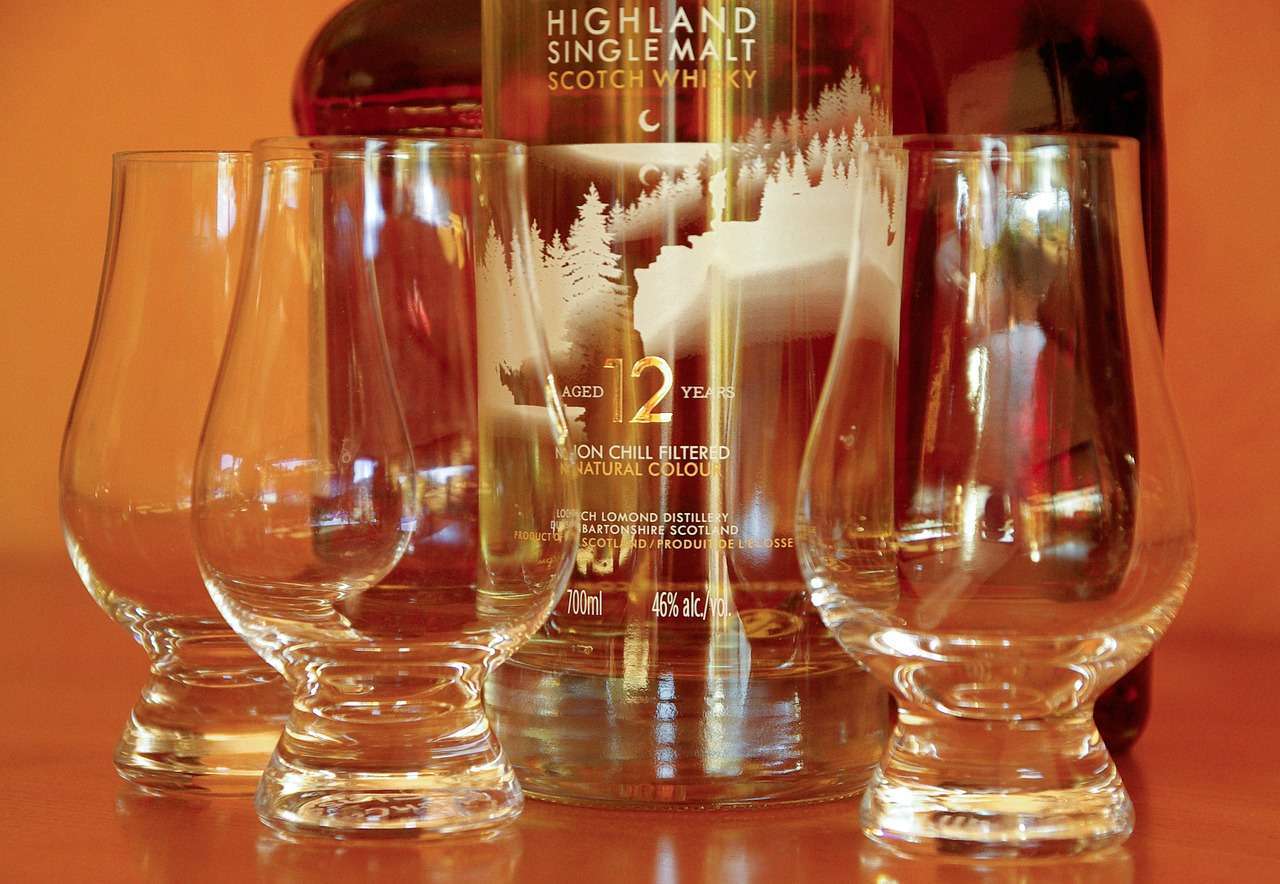
I hope by now you have more of an understanding of the Burns Night supper, especially if you’re visiting us from overseas where the whole thing might seem just a wee bit bewildering. There are a huge number of Burns Night suppers happening throughout Scotland on the 25th of January, although some are held a few days before and after as well, so before you make a booking, check with the venue to find out if they’re holding their celebration on a date that might be more suitable for you.
So now we’re onto the list of the best places in Scotland to celebrate Burns Night. The list is in no particular order but they’re all guaranteed to offer a great time.
Aberdeen
As one of Scotland’s foremost student towns, Aberdeen knows how to party, and there are Burns Night events held across the city. It’s not just students who get to enjoy the celebrations as there are a huge number of events aimed at families as well, and with several Speyside and Highland distilleries nearby, you’ll be assured of a good dram or two.
Where’s a good place to go? The Illicit Still, Netherkirkgate, Broad Street, Aberdeen, AB10 1AU
Contact: Tel 01224 623123
Website: The Illicit Still
Alloway
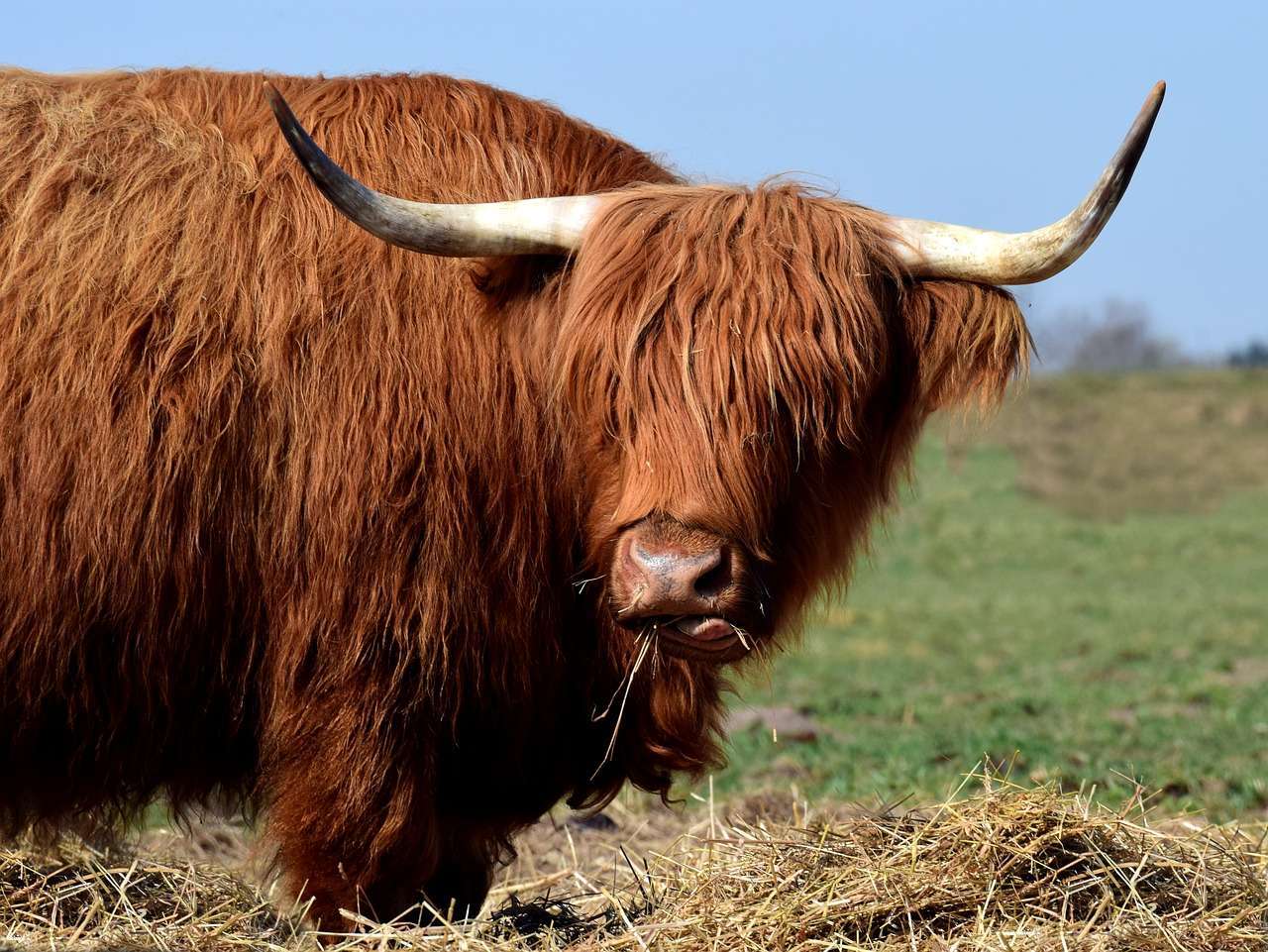
You might not have considered visiting Ayr for Burns Night, but for Scots, Ayr is the very heart of the celebration. It’s in Alloway, near Ayr, where Burns was born at his father’s farm cottage, and the locals there go all-out to celebrate the birthday of their most famous resident. Alloway is also home to the Robert Burns Birthplace Museum, so if you want to become fully acquainted with Scotland’s most-loved writer, it should be at the top of your ‘must-visit’ list.
Where’s a good place to go? Robert Burns Birthplace Museum, Murdoch’s Lone, Alloway, Ayr, KA7 4PQ
Contact: Tel 01292 443700 or email burns@nts.org.uk
Website: Robert Burns Birthplace Museum
Arbroath
I had to include Arbroath in this list because they usually serve one of my favourite dishes as part of the Burns Night supper – the Arbroath Smokie. If you’re not familiar, an Arbroath Smokie is a specially prepared smoked haddock that’s a speciality of the town and it’s absolutely delicious. The haddock is often served in a fish pie but is sometimes served as a dish on its own.
Where’s a good place to go? Coast Bar and Restaurant, 4 Gravesend, Arbroath, DD11 1HT
Contact: Tel 01241 437811
Website: Coast Bar and Restaurant
Dumfries
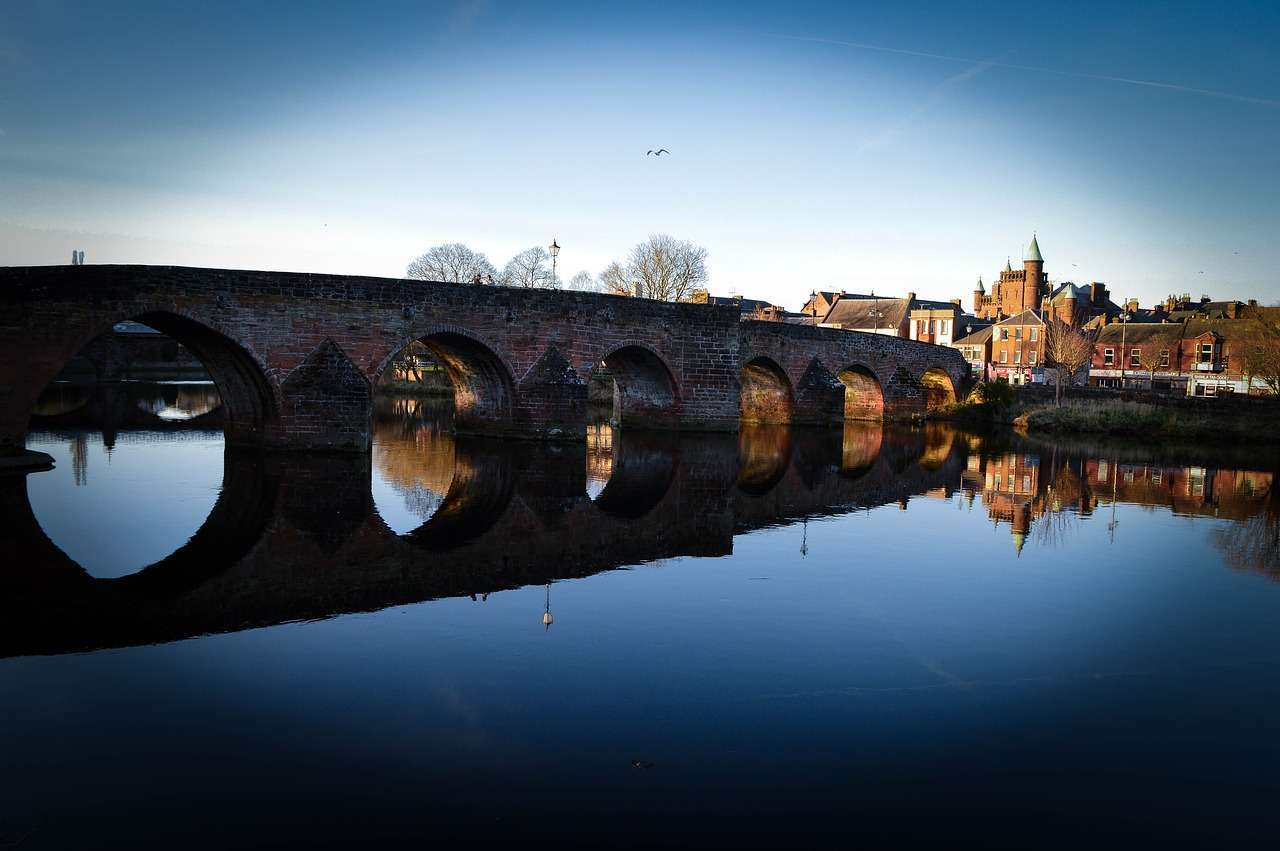
The Big Burns Supper Festival is billed as the world’s biggest Burns Night event which runs for 11 days at the end of January in the capital of South Scotland, Dumfries. The festival takes place in venues, bars, art galleries and museums and includes shows and events for the entire family along with cabaret and music acts.
Where’s a good place to go? Spiegeltent Village, town centre, 38-39 Whitesands, Dumfries, DG1 2RS
Contact: Tel 01387 271 820
Website: Big Burns Supper
Eyemouth
Eyemouth in Berwickshire, Scottish borders, is a fantastic place to visit if you want your Burns Night to be a little more laid back than you’d expect in the larger cities. Although this small fishing town has quite a few formal gatherings there are lots of informal events as well so you’re guaranteed to find a Burns Night supper that’s right for you.
Where’s a good place to go? Oblo, 18-20, Harbour Road, Eyemouth, Berwickshire, TD14 5HU
Contact: Tel 018907 52527
Website: Oblo
Edinburgh
Burn’s Night in Edinburgh is easily one of the city’s top annual events. As the capital of Scotland, it’s not surprising that Edinburgh knows how to throw a fantastic Burns Night supper, and you’ll find a variety of events held in the city centre. During the second half of January there are celebrations ranging from formal dinners to rowdy pub feasts, but whichever venue you decide to attend, you’ll be assured of a fun evening.
Where’s a good place to go? Ghillie Dhu, 2 Rutland Place, Edinburgh, EH1 2AD
Contact: Tel 0131 222 9930
Website: Ghillie Dhu
Falkirk
If you’re in the Central Lowlands area of Scotland on the 25th of January you won’t go far wrong with a visit to Falkirk, home of The Falkirk Wheel and The Kelpies. Falkirk is steeped in history – it’s the home of the Antonine Wall, the largest relic of Roman occupation in Scotland – so it’s a great place to explore after Burns Night.
Where’s a good place to go? Black Tie Burns Supper at Macdonald Inchyra Hotel, Grange Road, Polmont, FK2 0YB
Contact: Tel 0344 879 9044
Website: Macdonald Inchyra Hotel
Glasgow
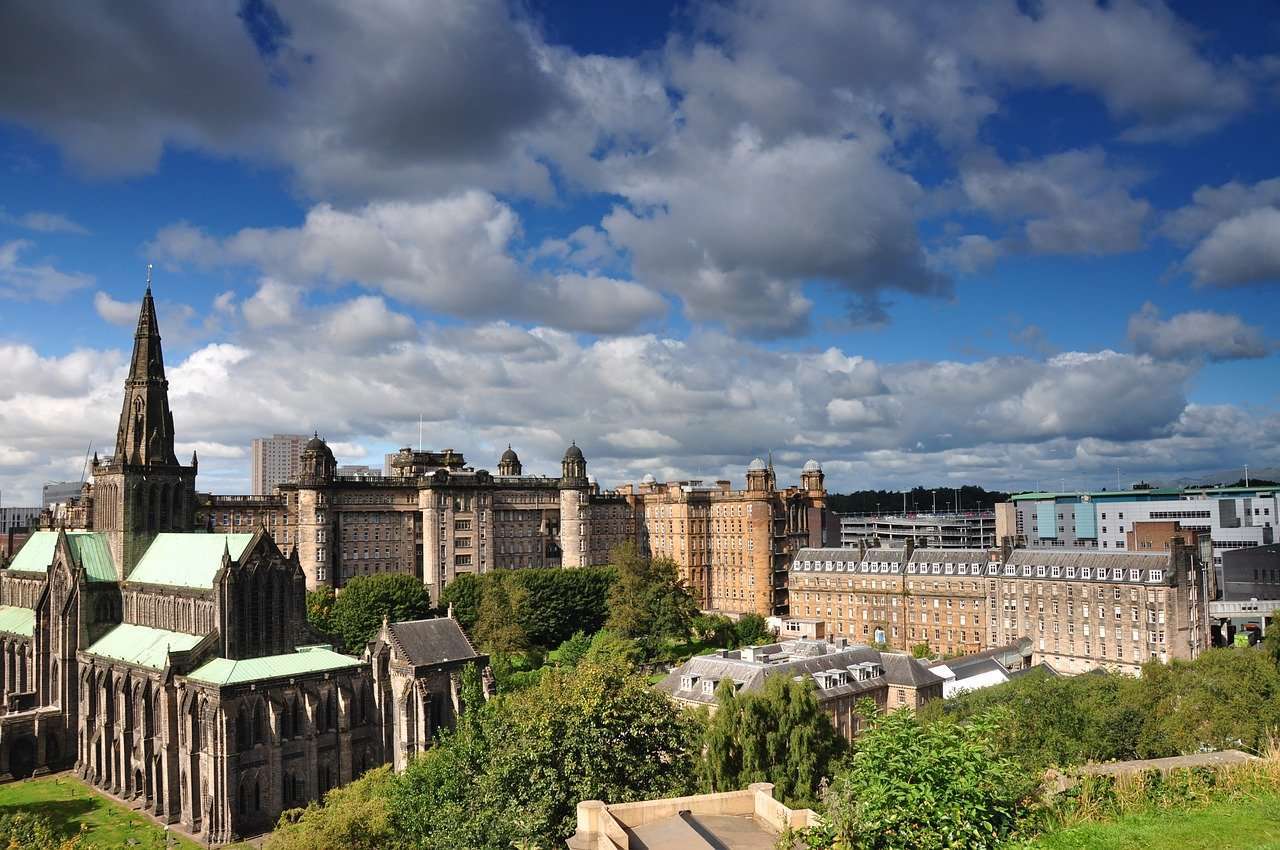
Scotland’s biggest city is home to some of its biggest Burns Night celebrations and there’s a dizzying number of events happening during January. The city has a long association with history and its proud Scottish heritage is something that’s at the core of Burn’s writing. If you’re going to visit at least one Burns Night event you could do a lot worse than making sure it’s in Glasgow.
Where’s a good place to go? Cottiers Theatre, 93-95 Hyndland St, Glasgow, G11 5PU
Contact: Tel 0141 3574000 or email info@cottiers.com
Website: Cottiers Theatre
Oban
Although Oban is primarily known as the gateway to the islands it’s worth spending extra time in this little coastal town because it has some great events happening in January. There are more hotels in Oban than you’d imagine and most of them have a Burns Night celebration during the last two weeks of the month, plus you’ll be able to try some of the town’s famously fresh seafood.
Where’s a good place to go? The Lorne, Stevenson Street, Oban, PA34 5NA
Contact: Tel 01631 570020
Website: The Lorne
Perth
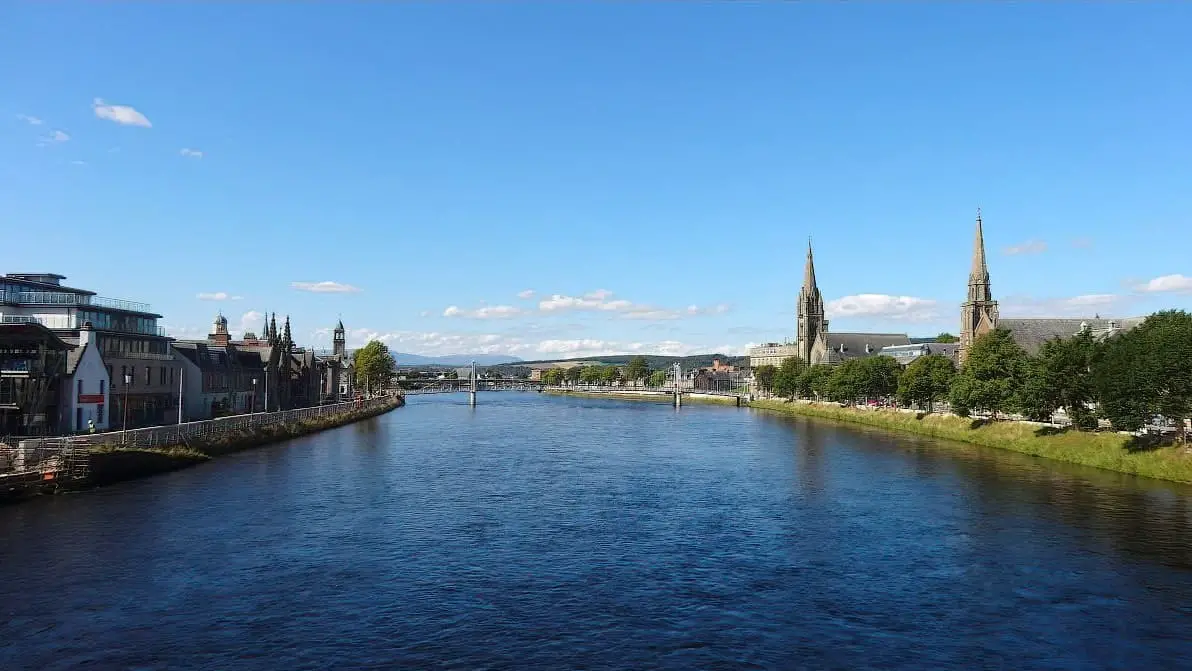
Perth is full of history but it’s often missed by international tourists, which is a shame because the city has so much to offer visitors. An often overlooked place to go is The Salutation Hotel which is the oldest hotel in Scotland, having been established in 1699. The hotel famously played host to royalty when Bonnie Prince Charlie stayed there in 1745 at the height of the Jacobite rebellion.
Where’s a good place to go? Salutation Hotel, 34 South Street, Perth, PH2 8PH
Contact: Tel 01738 630066
Website: The Salutation Hotel
Crieff Hydro is another superb hotel in Perthshire that features fabulous luxury rooms, an adults-only pool and expansive grounds covered in forest. Click the link below to book.
Book your next break at the Crieff Hydro
Book Tours in Scotland
Resources
There’s a huge amount of information about the bard on the internet and a quick Google will take you to any number of pages that will tell you everything you need to know about Scotland’s national poet. In fact, there’s so much information out there that it’s easy to become overwhelmed, especially when you’re trying to find out the history of his later years when his writing was at its most prolific.
I’ve included a few resources below that I hope you’ll find interesting, and maybe they’ll inspire you to attend a Burns Night celebration on the 25th of January to see what all the fuss is about.
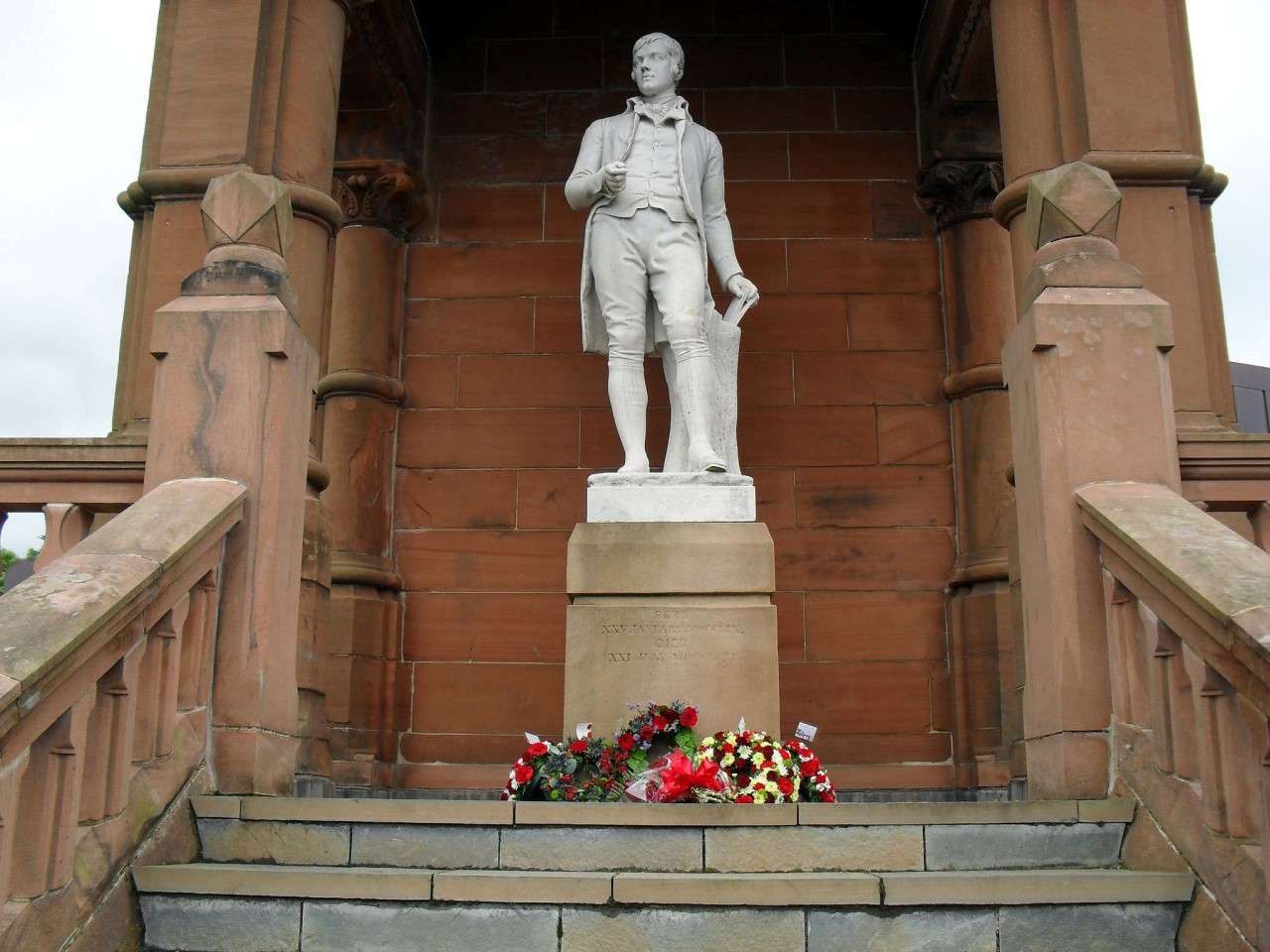
Robert Burns Websites
- You won’t go far wrong with starting your Burns research with the world’s biggest internet information resource – Wikipedia. There’s a very good page about Burns on the site and it goes into great detail about both his early years and the years before his death.
- Robertburns.org is an enormous online library of Burns’ life that also includes copies of his complete works as well as links to places you can visit to walk in his footsteps. There’s even a Burns-related shop on the site.
- The Scottish Poetry Library is a great resource for all things Robert Burns with a collection of his poems to read and a comprehensive list of additional resources.
- The Robert Burns Birthplace Museum has a great website that lets visitors discover his life and poems as well as helps them to plan a number of Burns-themed events.
Robert Burns Books
- The Bard: Robert Burns, A Biography by Robert Crawford. This is a great book that re-assesses Burns as a man and a poet. It explains his politics, his radicalism and his love of Scotland in a heartfelt and well-written complete guide to the Ploughman Poet.
- Robert Burns: A life by Ian McIntyre is a highly recommended biography of Burns that doesn’t swing into self-indulgent hero-worship like some other books I’ve read. It’s a great read – impartial and well-researched – and it gets good reviews on Amazon too.
- Robert Burns, the Complete Poetical Works by James A. Mackay lists every one of Burns’ poems in a clearly set out format that makes it difficult to put down. It’s a good-looking book too, and although I only borrowed it from a library it’s on my ‘must-buy’ lists of books.
- How to Celebrate Burns Night. This is a modern and informal guide to celebrating Scotland’s most famous poet, Robert Burns by Daniel Bee is a relaxing read that guides you through a traditional Burns Night supper whether you’ve been before or are new to the event. It’s a bit short but it’s full of useful information.
Robert Burns Places to Visit
- The Robert Burns Birthplace Museum: Murdoch’s Lone, Alloway, Ayr KA7 4PQ. This is the original museum that offers a truly unique Burns experience. Inside there are exhibitions, original exhibits, a café, a shop and even a children’s play area.
- The Writers Museum: Lawnmarket, Lady Stair’s Close, Edinburgh EH1 2PA. The Writers Museum just off Edinburgh’s Royal Mile presents the lives of three of Scotland’s greatest novelists and poets (Burns, Scott and Stevenson) in a collection of exhibits, portraits and personal objects. It’s free to get in and is definitely recommended if you’re in the city.
- Ellisland Farm: Holywood Road, Auldgirth, Dumfries, DG2 0RP. This is the family home built by Robert Burns for his wife Jean Amour which is situated in an idyllic spot on the banks of the River Nith. The attraction boasts an impressive collection of artefacts, memorabilia and original manuscripts.
- The Burns Monument Centre: Kay Park, Kilmarnock KA3 7RU. This custom-built centre provides resources for visitors to discover their own Scottish history in a large archive that also includes information about Burns. The centre is also frequently used for wedding ceremonies and events.
Protect Your Family From Scotland's Biting Midges
- Powerful, reliable protection for up to 8 hours
- Water- and sweat resistant
- Repels midges, mosquitoes, horse flies, sand flies, fleas and ticks
- Safe for use on adults, children over 30 months and pregnant women
- Non-sticky, moisturising with a pleasant fragrance
- Packaging may vary
Frequently Asked Questions
Who was Robert Burns?
Robert ‘Rabbie’ Burns is one of the most influential writers in Scotland’s long literary history, whose romantic songs, traditional ballads and amusing satires have become ingrained in Scottish culture.
Born in 1759, burns left a legacy of written works including Auld Lang Syne and Tam O’ Shanter.
What is Burns Night?
Burns Night is a semi-formal event where Scots celebrate the life and times of Robert Burns. The event has been held in Scotland since 1801.
The tradition began on the 21st of July with friends of Burns who came together to remember him five years after his death. The following year they changed the date to coincide with his correct birthdate of the 25th of January.
What are Robert Burns’ most famous works?
To a Mouse, on Turning Her up in Her Nest With the Plough (1785).
Address to a Haggis (1786).
Auld Lang Syne (1788).
Tam O’ Shanter (1790).
A Red, Red Rose (1794).
Is There for Honest Poverty (A Man’s a Man for a’ That) (1795).
Where can I learn about Robert Burns?
The Robert Burns Birthplace Museum: Murdoch’s Lone, Alloway, Ayr KA7 4PQ.
The Writers Museum: Lawnmarket, Lady Stair’s Close, Edinburgh EH1 2PA.
Ellisland Farm: Holywood Road, Auldgirth, Dumfries, DG2 0RP.
The Burns Monument Centre: Kay Park, Kilmarnock KA3 7RU.
Is Burns Night a public holiday in Scotland?
Burns Night is not a public holiday in Scotland, meaning that it is not a day off work or school. However, it is a popular event that is celebrated by many people in Scotland and around the world, particularly by those of Scottish heritage.
It is often marked with events such as Burns Night dinners and Burns Night ceilidhs (traditional Scottish social gatherings featuring music, dance, and storytelling)




